Lighting
-

Range Control Adjustment Motor
Nissan26056-4EA0A£19.33 £16.11 -
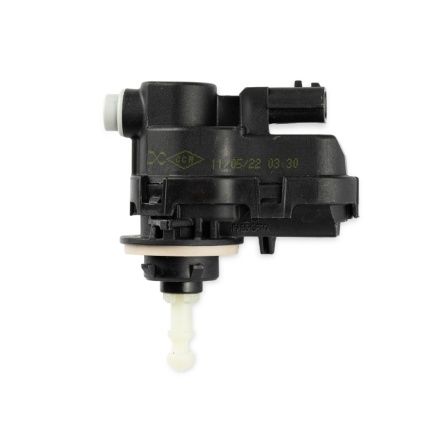
Range Control Adjustment Motor
Nissan26056-5FA0A£19.33 £16.11 -

Range Control Adjustment Motor
Nissan26056-00Q0A£19.33 £16.11 -

Range Control Adjustment Motor
Renault260567357R£19.33 £16.11 -
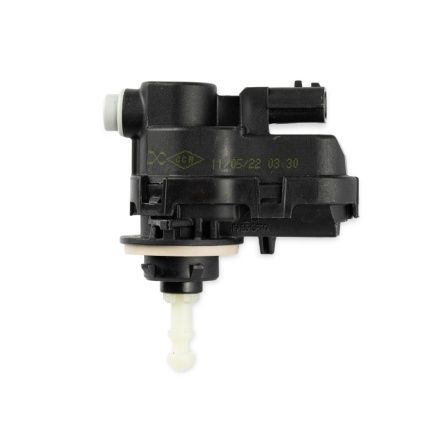
Range Control Adjustment Motor
Renault260C66164R£19.33 £16.11 -
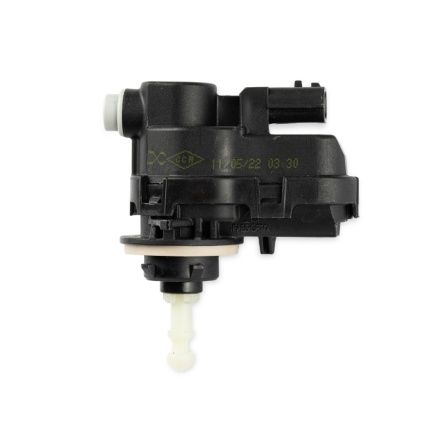
Range Control Adjustment Motor
Renault260568925R£19.33 £16.11 -
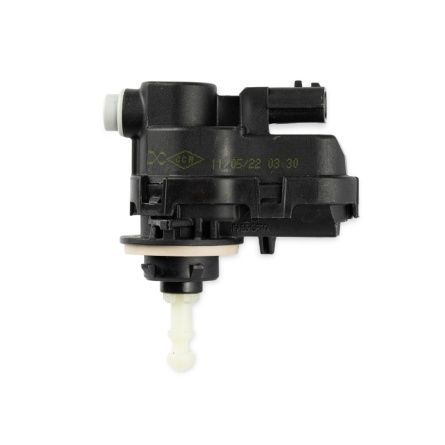
Range Control Adjustment Motor
Renault260566235R£19.33 £16.11 -
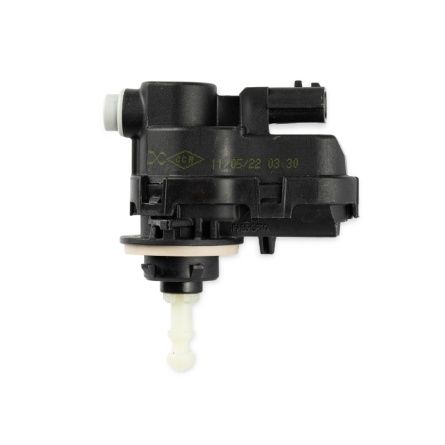
Range Control Adjustment Motor
Toyota92000866£19.33 £16.11
Lighting
Lighting plays a far greater role in the automotive world than simply brightening the road ahead. It is a vital element of safety, design, and innovation – guiding drivers through the darkest conditions, ensuring vehicles are visible to others, and shaping the unique character of every model on the road. From traditional halogen bulbs to cutting-edge LED and laser technologies, automotive lighting has evolved into a versatile system that enhances both functionality and style. Its significance goes beyond practicality: the right lighting solutions improve visibility, reduce accidents, and highlight the technological progress of modern vehicles. Understanding the importance and versatility of automotive lighting sets the stage for exploring the wide range of solutions available today, each designed to meet the diverse needs of drivers, manufacturers, and regulators alike.
Automotive Lighting Electronics
Electronics have completely transformed the way lighting functions in modern vehicles, taking it far beyond simple illumination. In today’s cars, lighting is a sophisticated system that combines sensors, control modules, and advanced light sources to deliver both safety and aesthetics. The integration of automotive lighting electronics ensures that beams adapt to road conditions, traffic situations, and even driver behavior in real time.
One of the most significant advancements has been the adoption of LED technology. LEDs deliver brighter illumination with lower energy consumption and longer service life than halogen bulbs. Controlled electronically, they can be arranged in complex patterns, enabling adaptive headlights, sequential turn signals, and signature daytime running lights that serve as both functional and stylistic elements. Adaptive front-lighting systems (AFS) and matrix LED or laser units represent another leap forward. Using cameras, sensors, and electronic control units, these lights automatically adjust their beams to avoid glare while maximizing visibility.
Automotive lighting electronics also play a critical role inside the vehicle. Ambient LED systems allow drivers to create a personalized cabin atmosphere while improving visibility of controls and displays. Electronic modules ensure seamless communication between lighting components, allowing instant responses to signals from driver-assistance systems such as lane-keeping or automatic braking. In short, the development of automotive lighting electronics has made lighting not only smarter and safer but also more central to vehicle identity, branding, and driver comfort.
Auto Interior Lighting Solutions
Within the cabin, lighting has become a defining part of design and user experience. Once limited to basic dome lights, auto interior lighting now influences how passengers feel and interact with their surroundings. At its core, interior lighting improves safety and convenience: overhead lamps, footwell illumination, and door lights guide passengers in the dark and highlight obstacles. But the real transformation comes from ambient LED systems that wrap the interior in customizable tones, reducing eye strain while creating a relaxed, premium atmosphere.
Instrument cluster and dashboard lighting are equally vital. Advanced systems automatically adjust brightness to ensure clarity in all conditions, keeping drivers focused without distraction. Targeted lights, such as those in reading lamps or vanity mirrors, add functionality without disturbing fellow passengers. Meanwhile, manufacturers increasingly use subtle illuminated trim lines and accents to create a sophisticated environment that elevates the perception of quality.
In high-end vehicles, auto interior lighting is integrated with infotainment and driving modes, creating dynamic effects that signal navigation turns, incoming calls, or even wellness features that adjust color and brightness to improve mood and reduce stress. What was once a mere convenience has become a sophisticated design element that blends safety, comfort, and personalization.
Energy Efficiency in Automotive Lighting
Energy-efficient lighting has redefined how vehicles balance performance with environmental responsibility. Traditional halogen bulbs consumed significant power and had limited lifespans, but the arrival of LEDs and laser systems has changed the equation. These technologies reduce electrical demand, lowering fuel consumption in combustion engines and extending driving range in electric and hybrid cars.
The environmental benefits are just as important. Reduced power consumption leads to fewer emissions, aligning with global sustainability goals and stricter regulations. Longer-lasting lights also mean fewer replacements, reducing waste and supporting a circular economy. For drivers, this translates into lower maintenance costs and greater reliability, while for manufacturers it strengthens their ability to meet environmental commitments without sacrificing safety or style.
Trends in Automotive Lighting Design
Lighting design has become a showcase of how vehicles embody modern technological and cultural trends. Aesthetically, light bars, illuminated grilles, and distinctive LED patterns now serve as brand signatures, instantly recognizable even at a distance. Functionally, adaptive matrix and laser headlights integrate with sensors and cameras to deliver intelligent illumination tailored to conditions. Inside, ambient lighting personalizes the cabin, turning every journey into a more immersive experience.
These developments align with broader industry shifts: the move toward electrification, the prioritization of efficiency, and the growing demand for personalization. Lighting now embodies this transformation, blending sustainability with digital innovation while strengthening the bond between driver, vehicle, and brand identity.